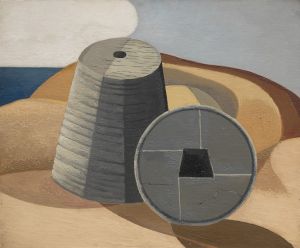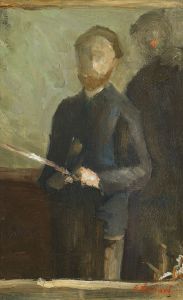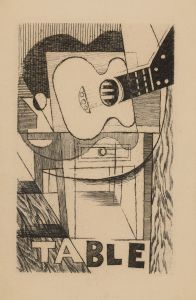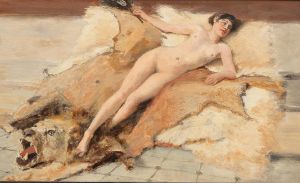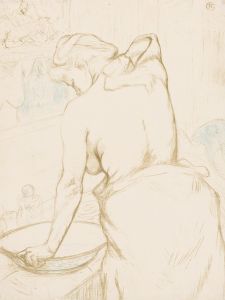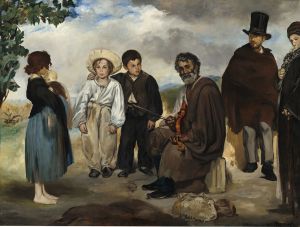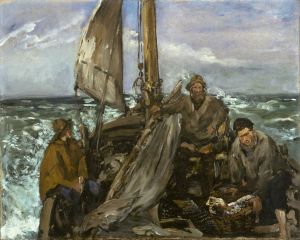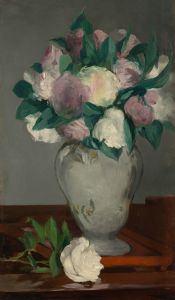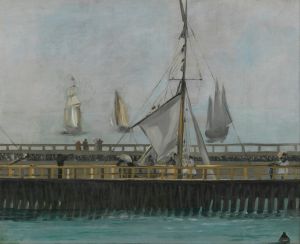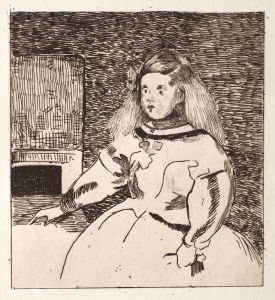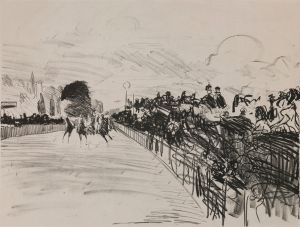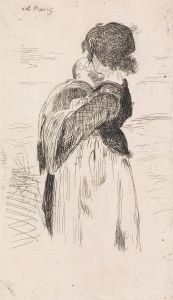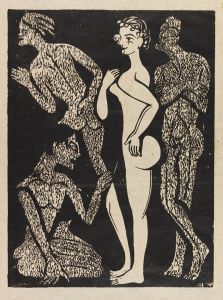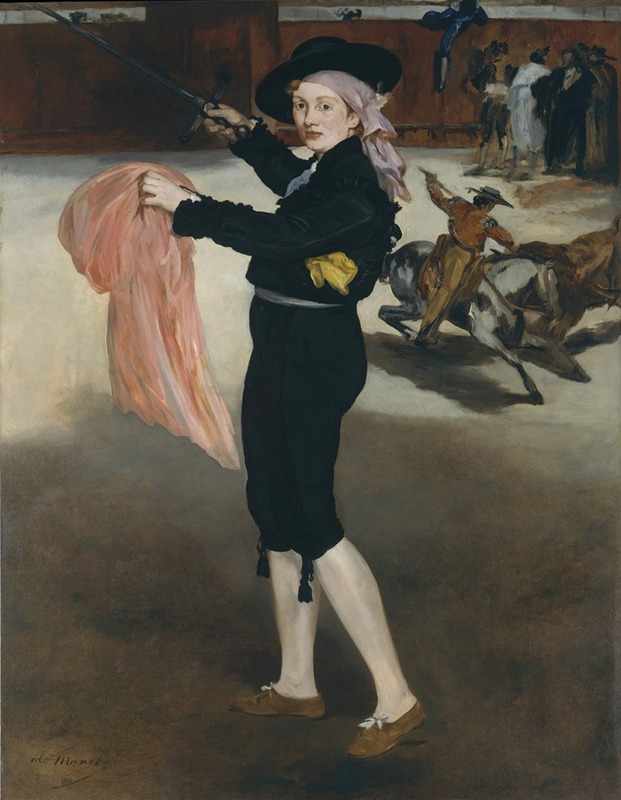
Mademoiselle V. . . in the Costume of an Espada
A hand-painted replica of Édouard Manet’s masterpiece Mademoiselle V. . . in the Costume of an Espada, meticulously crafted by professional artists to capture the true essence of the original. Each piece is created with museum-quality canvas and rare mineral pigments, carefully painted by experienced artists with delicate brushstrokes and rich, layered colors to perfectly recreate the texture of the original artwork. Unlike machine-printed reproductions, this hand-painted version brings the painting to life, infused with the artist’s emotions and skill in every stroke. Whether for personal collection or home decoration, it instantly elevates the artistic atmosphere of any space.
Édouard Manet's painting "Mademoiselle V. . . in the Costume of an Espada" is a notable work created in 1862. This painting is an example of Manet's early exploration of Spanish themes, which were a significant influence on his work during this period. The painting depicts a woman dressed in the costume of an espada, a type of bullfighter, which reflects Manet's fascination with Spanish culture and the bullfighting tradition.
The subject of the painting is Victorine Meurent, a frequent model for Manet, who also appeared in several of his other famous works, including "Olympia" and "Luncheon on the Grass." In "Mademoiselle V. . . in the Costume of an Espada," Meurent is portrayed wearing a traditional bullfighting outfit, complete with a jacket, pants, and a hat, standing in a confident pose. The setting is ambiguous, with a loose and sketchy background that does not provide specific details about the location, allowing the focus to remain on the figure of Meurent.
Manet's choice to depict a female model in the role of a male bullfighter was unconventional and challenged traditional gender roles of the time. This aspect of the painting reflects Manet's interest in modernity and his willingness to push the boundaries of societal norms through his art. The painting's composition and the use of light and shadow demonstrate Manet's skillful technique and his ability to capture the essence of his subjects with a sense of immediacy and vitality.
The painting is characterized by its bold brushwork and the use of a limited color palette, which are hallmarks of Manet's style. The contrast between the dark costume and the lighter background creates a striking visual effect, drawing attention to the figure of Meurent. Manet's innovative approach to painting, which often involved flattening the picture plane and using broad, loose brushstrokes, can be seen in this work.
"Mademoiselle V. . . in the Costume of an Espada" was exhibited at the Paris Salon of 1863, where it received mixed reviews. Some critics appreciated Manet's modern approach and the painting's vibrant energy, while others were less receptive to its unconventional subject matter and style. Despite the varied reception, the painting is now recognized as an important example of Manet's early work and his contribution to the development of modern art.
Today, "Mademoiselle V. . . in the Costume of an Espada" is housed in the Metropolitan Museum of Art in New York City. It remains a significant piece within Manet's oeuvre, illustrating his innovative spirit and his ability to capture the complexities of modern life through his art. The painting continues to be studied and admired for its bold composition, its exploration of gender roles, and its reflection of Manet's fascination with Spanish culture.





